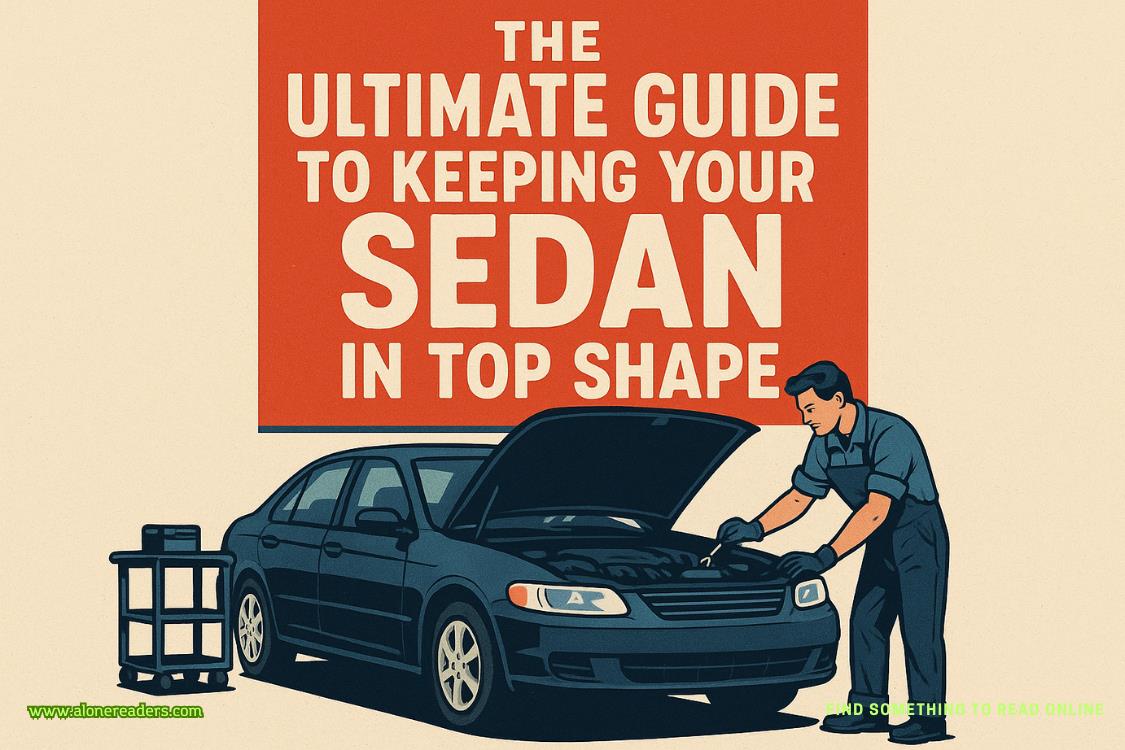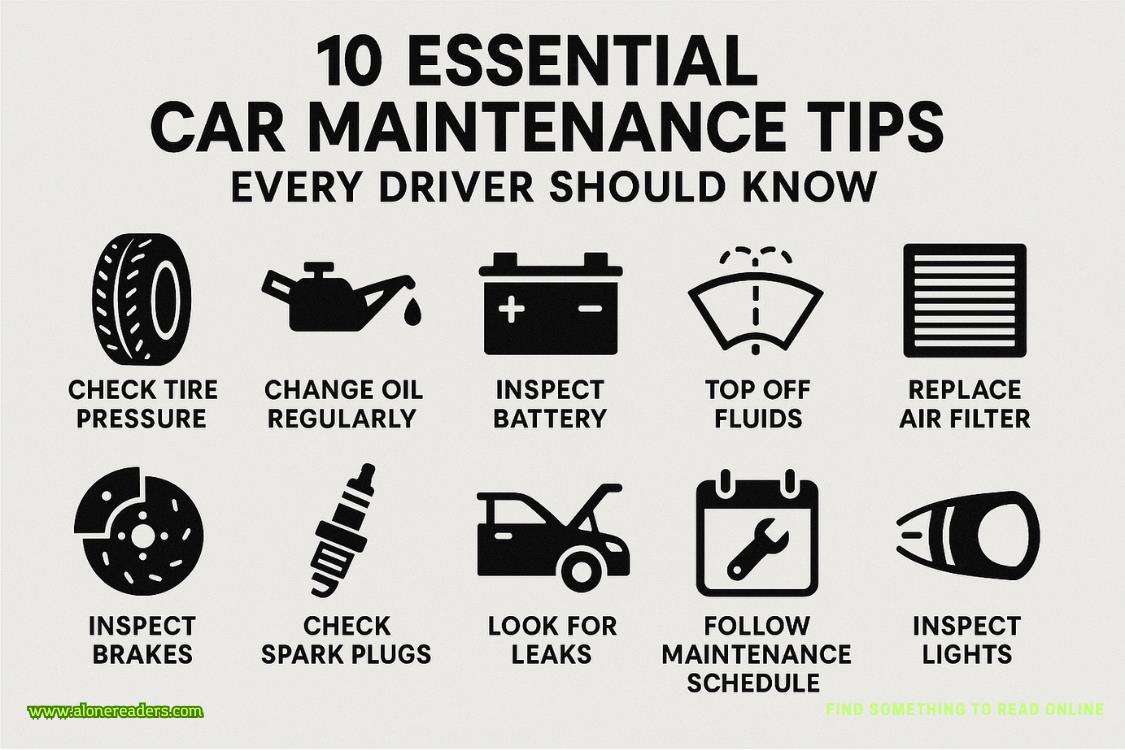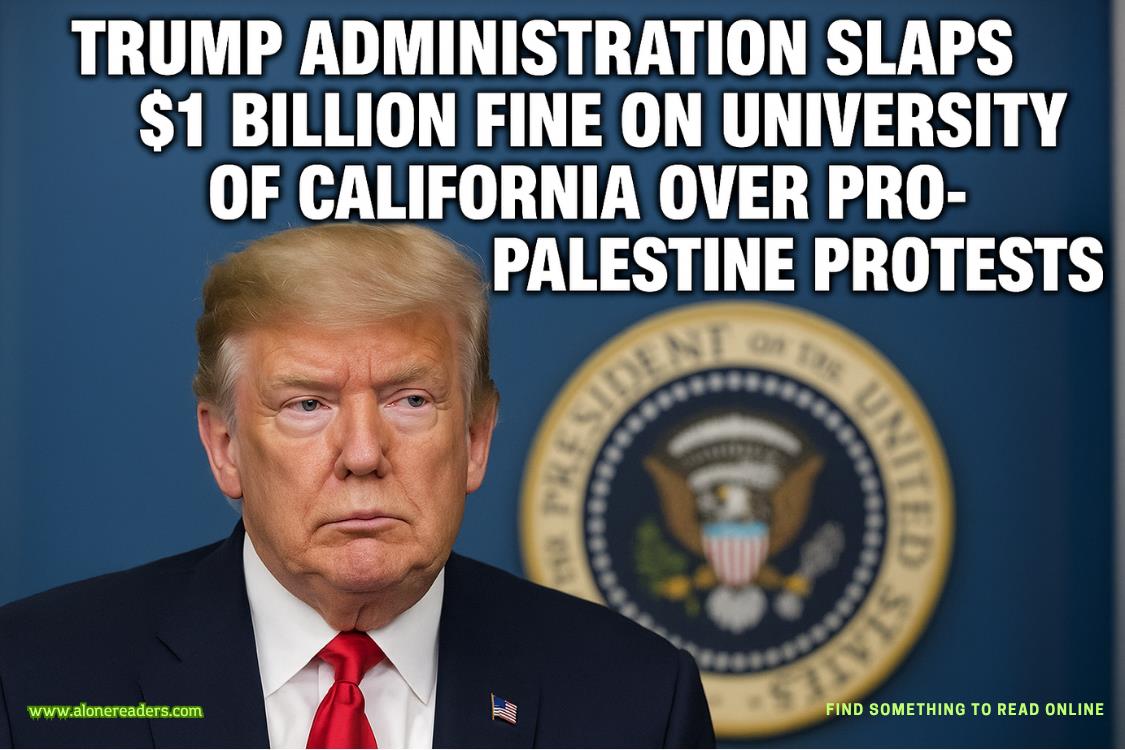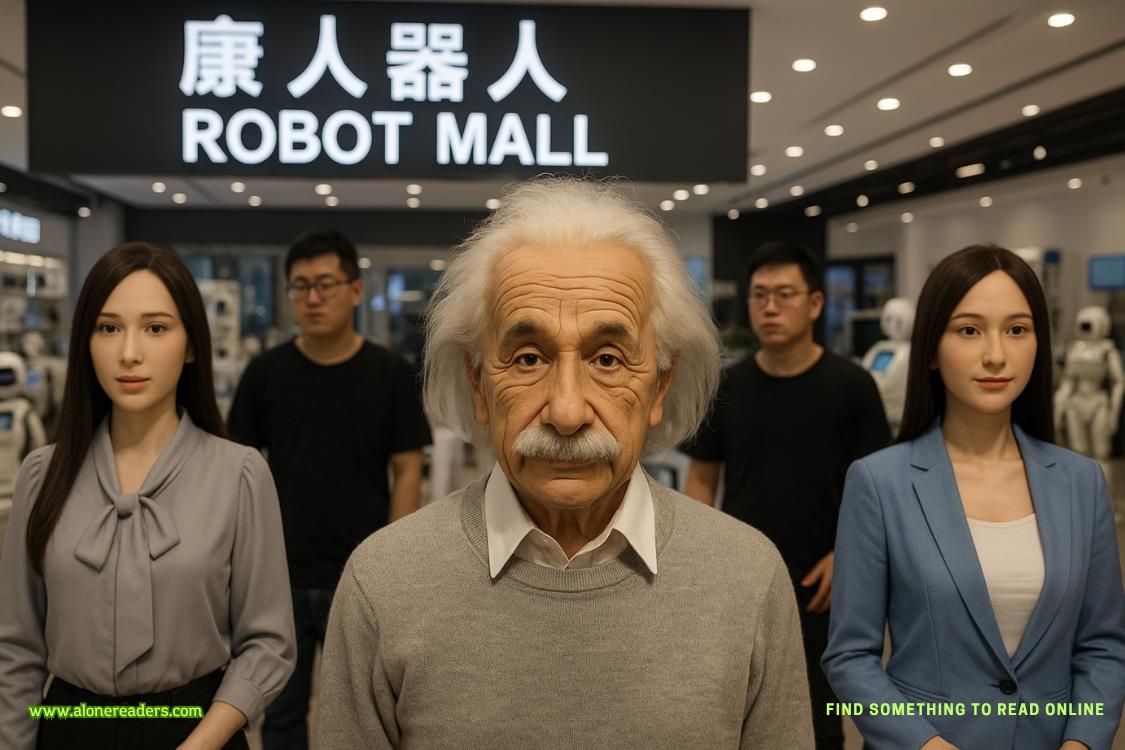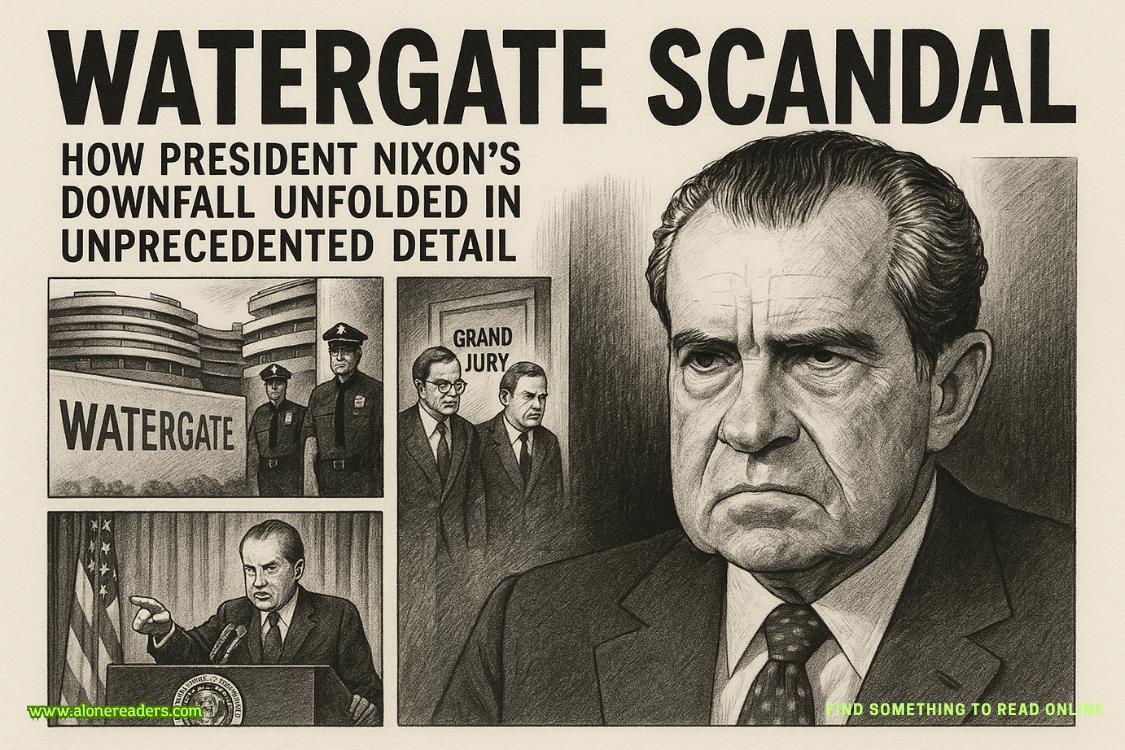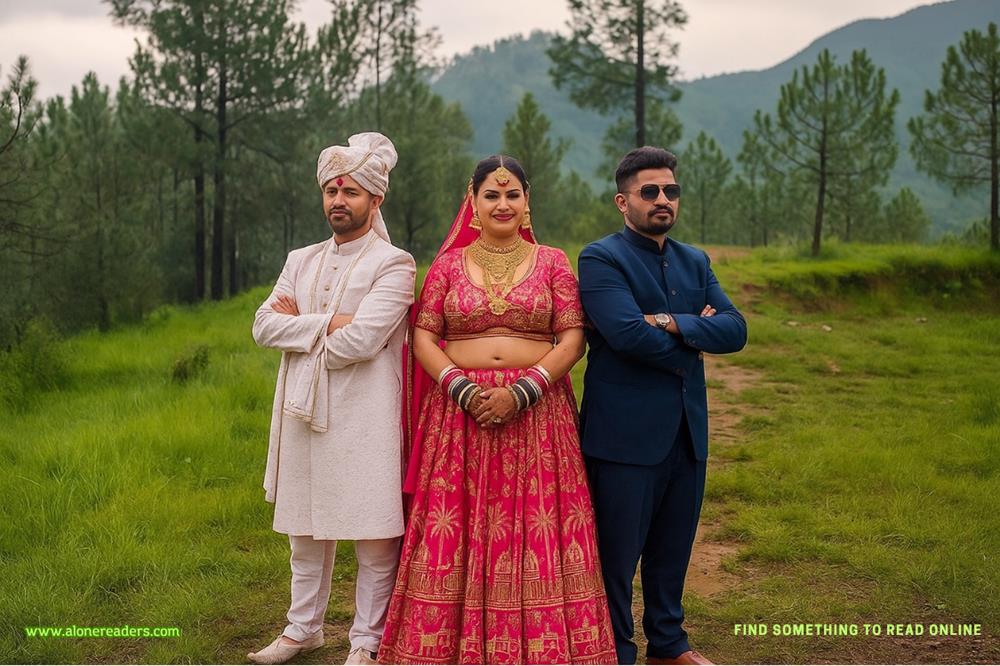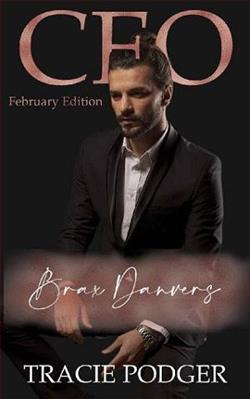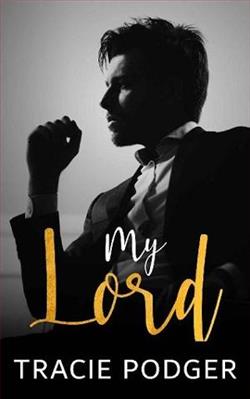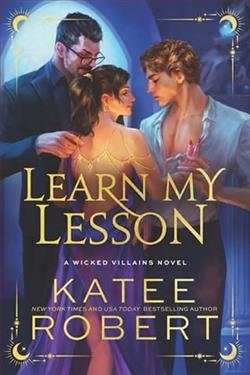Page 2 of Badlands
ALONG THE REMOTEeastern border of the Navajo Nation, dawn broke over the Ah-shi-sle-pah badlands, the sky lightening from midnight blue to pale yellow.
“We’re gonna lose the best light,” the director told Alex Bondi, who was crouched over a small landing pad, preparing a drone camera for a flight. “We’re gonna lose the light!”
Bondi ignored him and continued calibrating the drone’s compass and IMU. He did not point out that the reason they were late was due to the director’s carousing the night before. In order to arrive by the 6AMsunrise in these remote badlands, they’d had to get up at 2AMand make a bone-jarring drive over terrible roads. When the director was assisted into his vehicle, he was still drunk. The horrendous drive had shaken the booze out of him—leaving him hung over and pissed off.
Bondi was already beginning to regret accepting the job as cinematographer for the film, an indie Western calledSteelebeing financed by a bunch of Houston oilmen. It had sounded like fun—five weeks in Santa Fe, shooting at the Lazy C Movie Ranch, staying in a downtown B and B near the plaza. He’dheard that the director, Luke Desjardin, was “a bit of” a maniac, but he’d worked with maniac directors before and felt he could handle it. But Desjardin had turned out to be not just a lightweight maniac, but a fanatically committed one: a Clase Azul–chugging, Montecristo-smoking, coke-snorting tornado who never seemed to sleep and resented others for doing so.
Two dozen crew were on site—grips, PAs, camera operators, a breakfast caterer, the works. They’d hauled out an RV with AC and a flush toilet. There was no lack of money being spent. A large shade had been erected to keep people out of the July sun, with big coolers of ice water set up on tables. At least the backers weren’t parsimonious—or maybe they’d already figured out that filming without basic comforts in a place so brutally remote might cost them a lot more in the end.
Calibration complete, Bondi stepped back. “Ready to fly,” he said.
Desjardin’s voice was almost as high pitched as a girl’s, and so loud that it cut the desert air like a knife. “About time! The sun’s going to be up in less than five minutes.” He took a deep breath. “Here’s the shot I’m looking for—a long, establishing sweep over these badlands just at the crack of dawn, getting in all that golden light and the long shadows.”
“No problem.”
Bondi’s PA stood next to him, ready with a pair of binoculars. He was the spotter, whose job was to keep track of the drone—as much as was possible—in this landscape. But Bondi had plenty of experience flying drones out of sight, using as guidance the video feed on his handheld console.
“I want you to fly past that peak over there,” said the director. “You see it?”
Bondi did indeed see it—a creepy fifty-foot spire of black rock that looked like a crooked finger pointing into the sky, cut off flat on top. It was about a mile away, across a maze-like terrain of hoodoos and balancing rocks, riddled with dry washes and miniature ravines. Bondi had to admit it was a perfect location. It was also a hellscape like nothing he’d ever seen before.
“I want you to fly over to it, camera looking straight down, then come around in a circle, raise the camera to center on the spire, and speed past it, panning back as you go by. Can you do that?”
“Of course.” This was the shit he got paid for. His only real fear was some mechanical failure that might put the drone down somewhere in that crazy landscape.
“Okay. Roll.”
Bondi fired up the drone and raised it to an altitude of ten feet, paused to make sure its GPS made satellite contact and knew where it was, and then bumped it up to sixty feet, high enough to clear the rock formations. He started it off northward at a medium pace, while Desjardin peered closely over his shoulder at the screen, cigar breath washing over Bondi.
“Go lower.”
Bondi lowered the drone to fifty feet.
“Lower.”
Bondi took it down to forty. This was risky, because many of the hoodoo formations were higher than that. But Bondi had confidence in his ability to navigate through them, and besides, the drone had a radar avoidance system that would stop it from flying into a rock even if he tried it. He normally turned this safety feature off when getting closeups, but in this landscape he decided not to risk it.
“Good… good… that’s it… steady on…,” Desjardin murmured,peering at the screen, watching the footage from the drone’s perspective.
“Lost it,” said the spotter with the binocs.
“No worries,” said Bondi. “I got it under control.”
Christ, what a landscape!It was hard to believe it wasn’t some surrealist painting, all the little balancing rocks and spires and arches and twisty little dry washes casting long shadows. As crazy as Desjardin was, he knew how to get incredible footage: this should be fabulous, totally worth the effort.
The cut-off spire was coming up now. It was so prominent, he figured it had to have a name. He flew past it, then brought the drone around in a long, sweeping turn while smoothly raising the camera as he did so. The lens caught a brief moment of the fiery gleam of the rising sun before centering again on the spire. Bondi knew immediately that he’d nailed it, feeling the sudden adrenaline rush of a shot perfectly executed.
“Okay…,” said Desjardin. “Good… now lower the camera back down to the ground.”
He manipulated the controls and the ground loomed up, a pool of fire in the early morning light.
“Lower,” said Desjardin.
Bondi brought it lower, keeping the camera focused on the ground.
“Wait,” said Desjardin. “What’s that?”
Bondi had seen it, too: something on the ground. But the drone had passed by and it was no longer in view.


